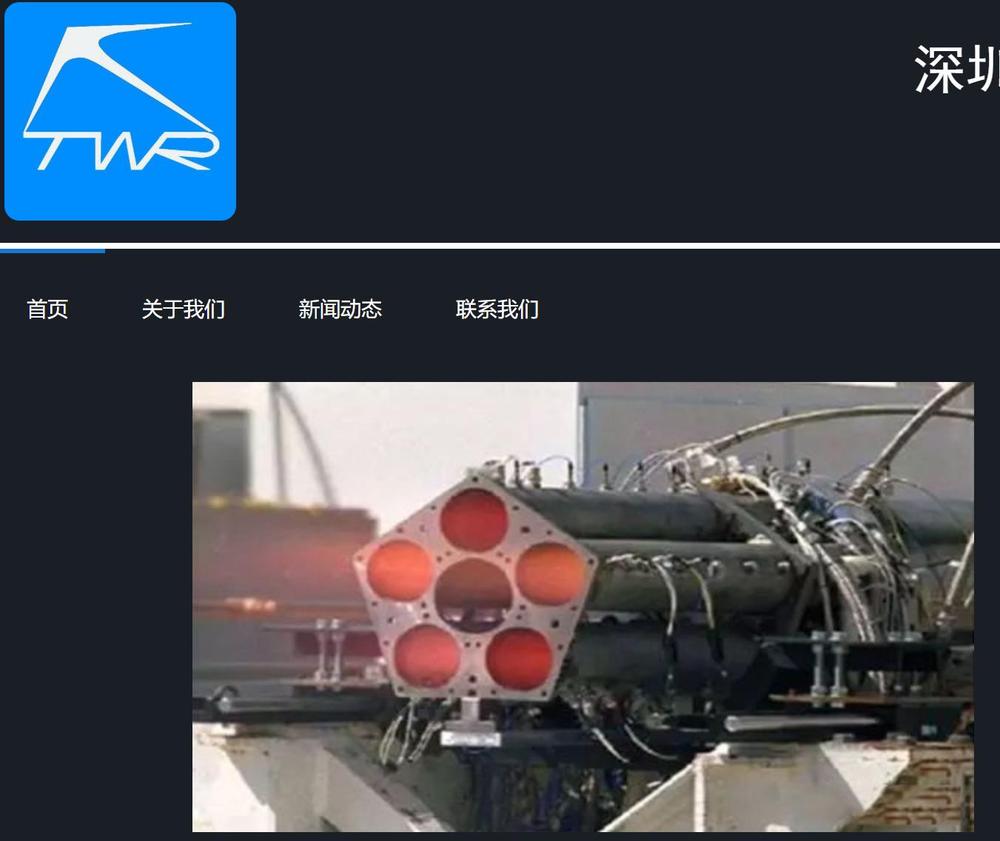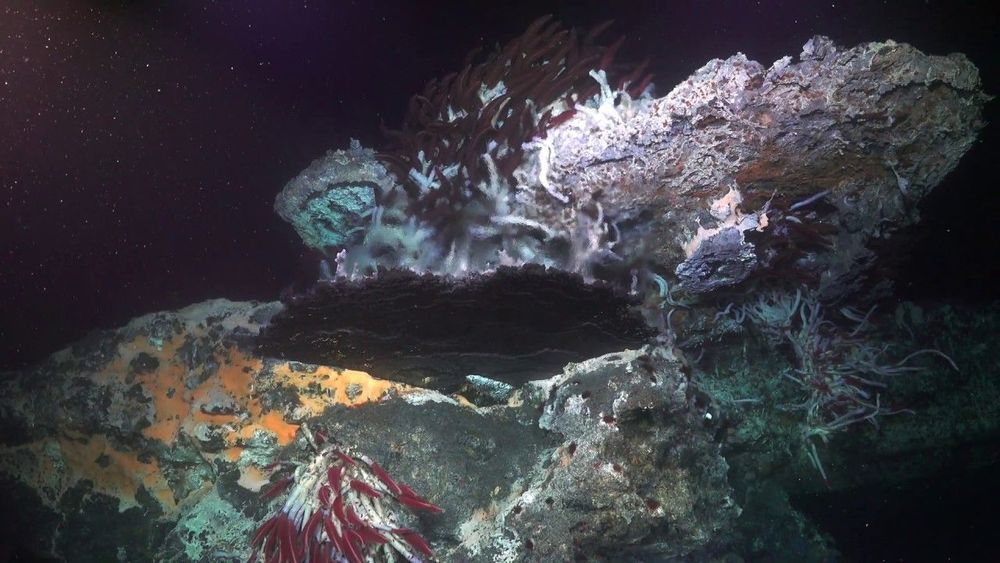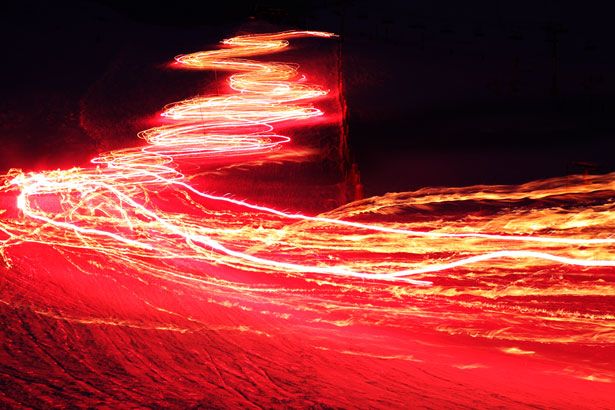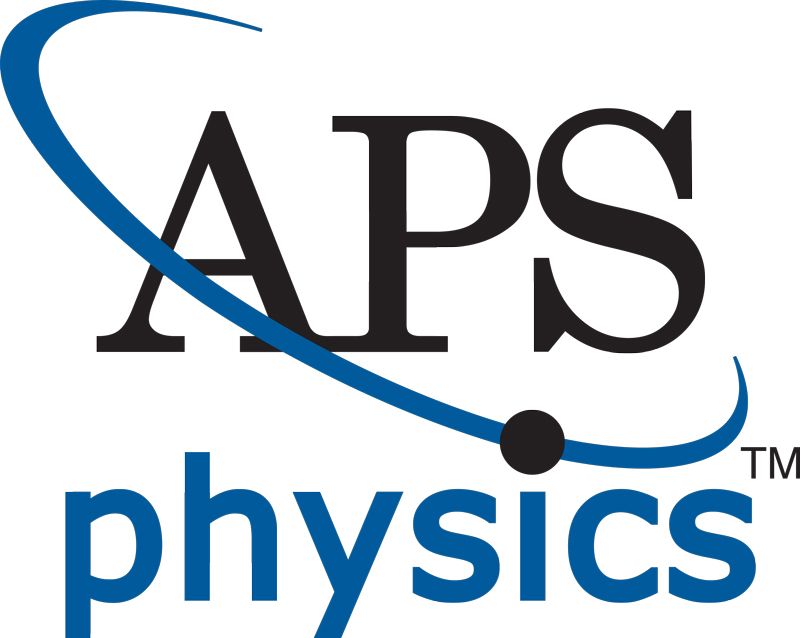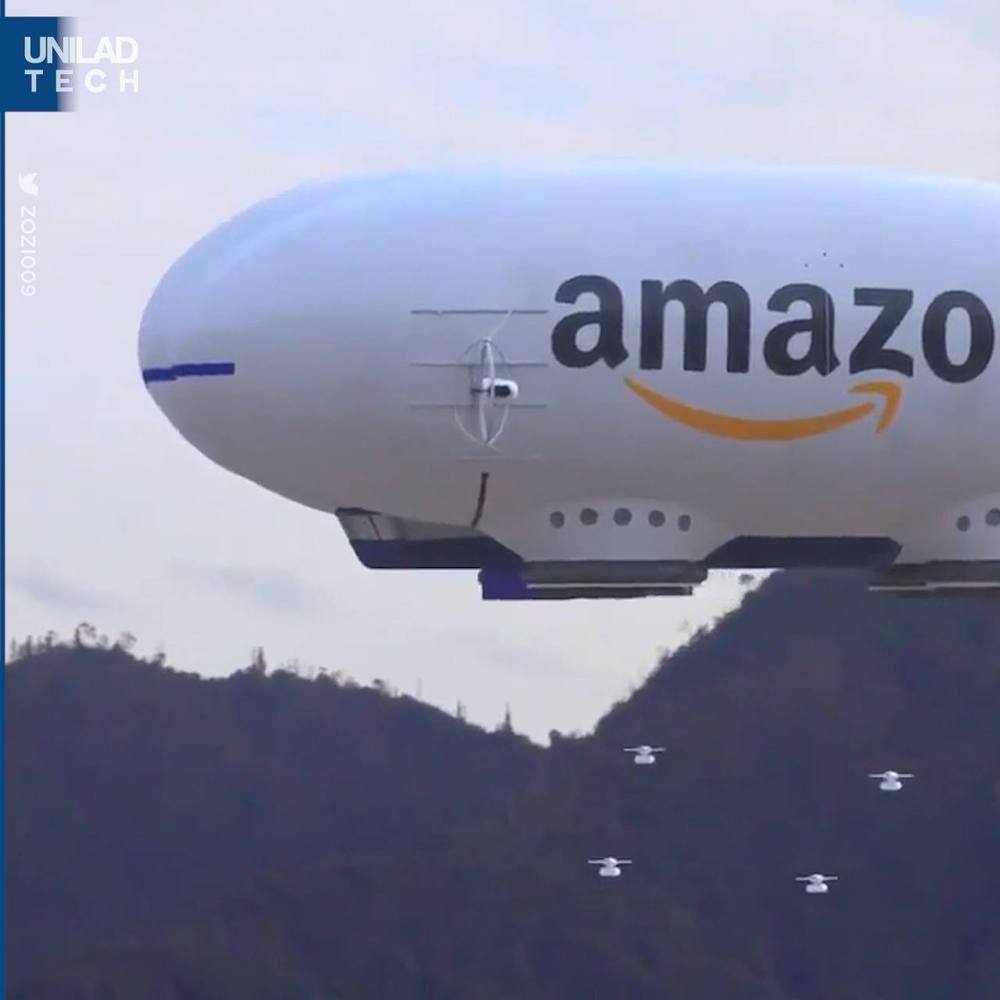European scientists looking for some of the oldest ice on the planet have homed in on a particular spot in Antarctica, where they will drill more than 1.5 miles (2.7 kilometers) below the surface of the ice.
Over the next five years, the “Beyond EPICA-Oldest Ice” mission will work at a remote location known as “Little Dome C” to start drilling for ice up to 1.5 million years old, the team announced today (April 9) at the meeting of the European Geosciences Union in Vienna, Austria.
“Ice cores are unique for geosciences because they are an archive of the paleo-atmosphere,” said Beyond EPICA’s coordinator Olaf Eisen of the Alfred Wegener Institute in Germany. [Antarctica: The Ice-Covered Bottom of the World (Photos)].


